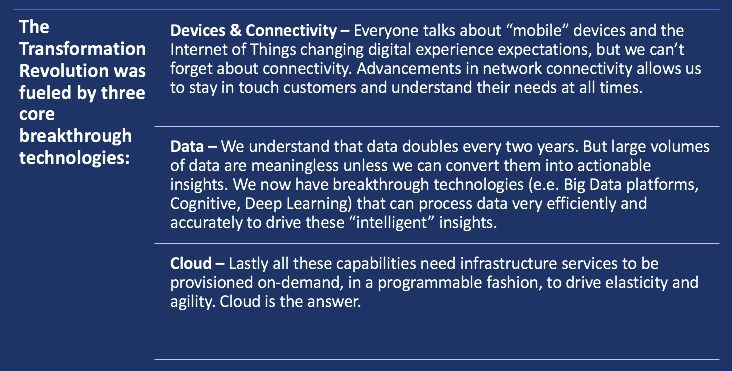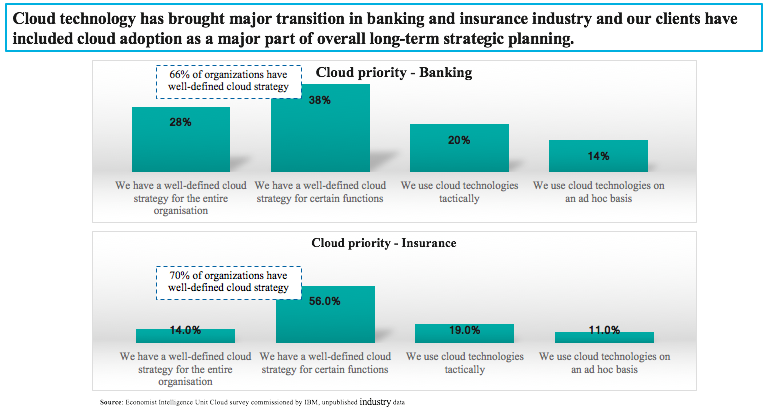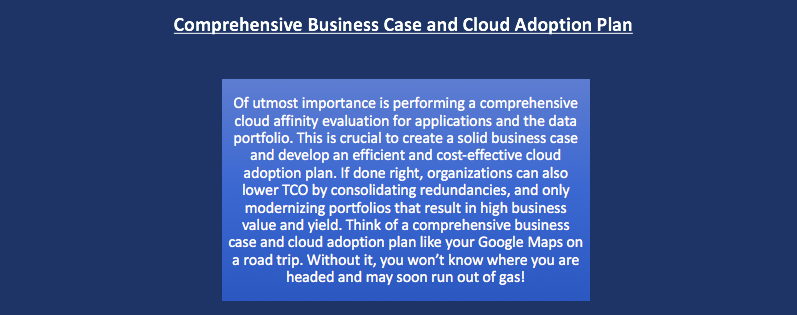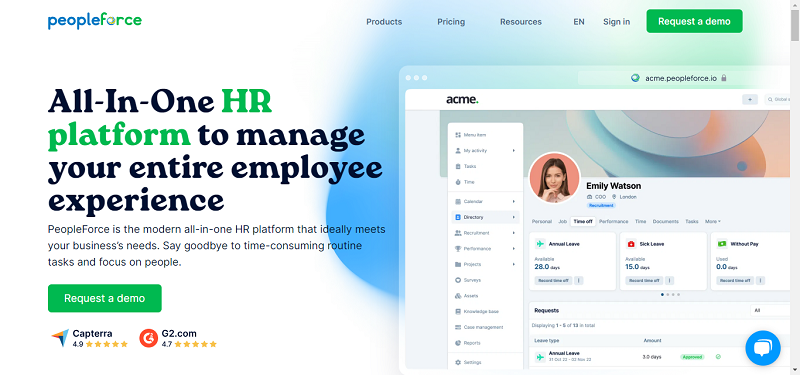It was not too long ago that financial services firms once guarded their data centers as sacred vaults. It used to be that they “operated closed”, as in ‘did not share their data’, in order to drive competitive advantage. They relied on the cultivation of internal data and insights to drive differentiation. Today, however, the world is different. Large financial organizations are increasingly looking to the cloud for enhanced security, and also as a conduit to eco-systems of innovation. They are also opening up their APIs to third parties, in search of ways to make their products and services better, and available to new customers.
The financial services industry is learning to use both internal data and external, structured and unstructured, to drive insights that will enable differentiation. And we all know the end goal is to be able to process massive amounts of information in order to truly understand customer behavior, holistically. There’s no doubt about it — massive data, and state-of-the-art analytics, are the only path to being able to provide the ultimate, personalized customer experience.
It’s clear that cloud technology is at the center of this transformation, and it’s demanding major shifts in both IT and business — which are now inseparable. Interesting to look at the both the journey toward cloud, and the present capabilities needed to adopt it…

What were the pressures that convinced financial institutions to leave their confront zone, and apply emerging technologies enterprise-wide? Today, the financial services industry is in turmoil. With revenue and profit decreases year over year, the focus has traditionally been on cutting costs to improve profitability. For these institutions, innovation had taken a backseat. At the same time, Vivek Wadhwa explains that technological advancements and new strategic processes have allowed new entrants to disrupt the industry at an alarming rate, and exponential scale.
And they are not stopping anytime soon. With an astonishing $20 billion in VC funding predicted for start-ups by 2020, disruption is here to stay. Since the year 2000, over 50% of the Fortune 500 have vanished off the list. It’s no wonder both banking and insurance institutions are scrambling to adopt the cloud technologies that will enable them to begin transformations. At this point, it’s simply a matter of survival.


In conversations with market participants, it’s very evident that most banks and insurers are on some type of a cloud adoption journey. But, the question is — are they succeeding? Are they really leveraging the agility benefits of cloud to drive digital reinvention and revenue growth? Are they able to transform or migrate existing application portfolios to the “appropriate” cloud topology? Can they reduce the Total Cost of Ownership (TCO) — as well as their data center footprint? Is the target cloud environment secure and compliant with regulatory standards?
Experience shows that the journey to cloud can be filled with turbulence. Many Financial Institutions have embarked upon the cloud journey by developing their own virtualization strategy, private cloud programs or by building a few applications in a public cloud. However, today, most cloud executives acknowledge that these approaches have failed to drive real adoption and realize tangible business benefits.
This isn’t surprising as unlike most start-ups, traditional participants experience many unique challenges during the cloud adoption journey. Large organizations have significant baggage in terms of legacy technology and technical debt. They also have deep data center investments and traditional operating models that must be addressed and re-imagined prior to setting off on the cloud journey correctly.
All of this is made more difficult due to the fact that many Systems Integrators do not fully comprehend what it takes to implement a successful cloud adoption, end to end. Given the nascent nature of the emerging technologies, it’s of key importance to partner with an entity or consultancy that has experienced the cloud journey, and can bring the technologies, deep industry knowledge and in-depth research together to help guide the way.
At IBM, we have developed a cloud adoption approach that is pragmatic and helps clients envision the road before them. We believe a successful cloud adoption should comprise of the following tenants:

The topic of Cloud Adoption is both complicated and evolutionary. By cloud pioneers working together, and sharing experiences, perhaps we can make this technological Transformation Journey just a little bit easier!
By Shawn DSouza, IBM Partner and NA FSS Cloud Leader





